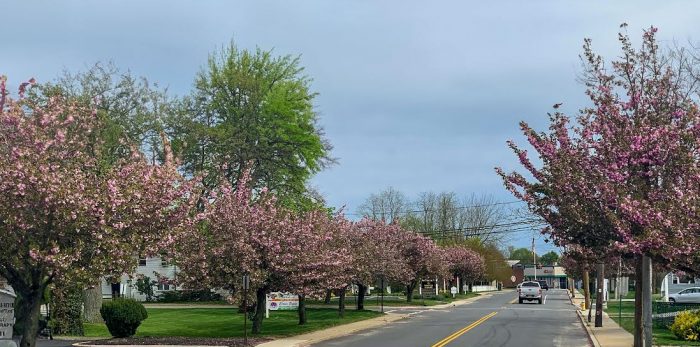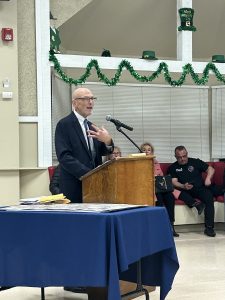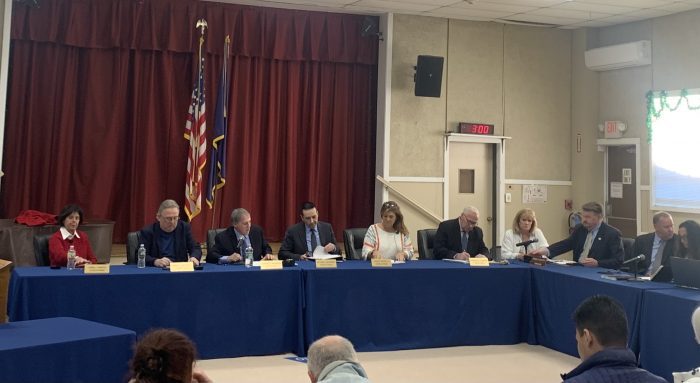The Town of Smithtown Department of Environment and Waterways (DEW) and its tree planting program has secured the title of Tree City USA for the township for it’s 37th year. The notification comes as the team of Urban Foresters gear up for Arbor Day on April 26, with a ceremonial tree planting at the Smithtown Senior Citizens Center.
Additionally, the department will plant 150 new street trees around town for the spring season. The Urban Forestry team plans to plant a total of 500 trees by the end of 2024.
“This award validates the Town’s commitment and investment towards maintaining a healthy environment and robust urban forestry program. I want to commend Environmental Director, David Barnes, and Urban Foresters; Tom Colella and Bob Barget for going above and beyond to grow our programming to new heights,” said Smithtown Town Supervisor Ed Wehrheim.
“It’s easy to take for granted, especially in Spring, Summer and Fall, just how fortunate we are to live in an emerald city, lush with healthy trees and native pollinators. The work that DEW has done to ensure a booming tree inventory and maintenance program will undoubtedly offer beauty, health and countless environmental benefits for decades to come,” he added.
The Town of Smithtown was first declared Tree City USA in 1986 by the National Arbor Day Foundation. Since then, the Town has taken great pride in managing a sustainable streetscape lined with trees. The Town of Smithtown has proudly maintained its reputation as Tree City USA for over 37 years, in addition to recent efforts to begin a street tree census, and to identify invasive species.
The Department of Environment and Waterways Urban Forestry team is currently working to finalize the grant agreement with the U.S Forest Service. Upon completion Urban Foresters will begin planting 2,000 trees over a four year period beginning with 350 this fall.
DEW has planted 2,350 trees since 2019 and will total 2500 by the end of this Spring. Since the street tree inventory project began in April 2020, 25,000 trees out of an estimated 35,000 street trees within the township have been cataloged. Preliminary data from the I-Tree 10/13/22 Report shows that the Town of Smithtown has a greater than 30% tree canopy cover.
Residents can request street tree plantings in front of their residence by contacting the Department of Environment and Waterways Urban Forestry team via email at [email protected] or by phone at 631-360-7514.



















